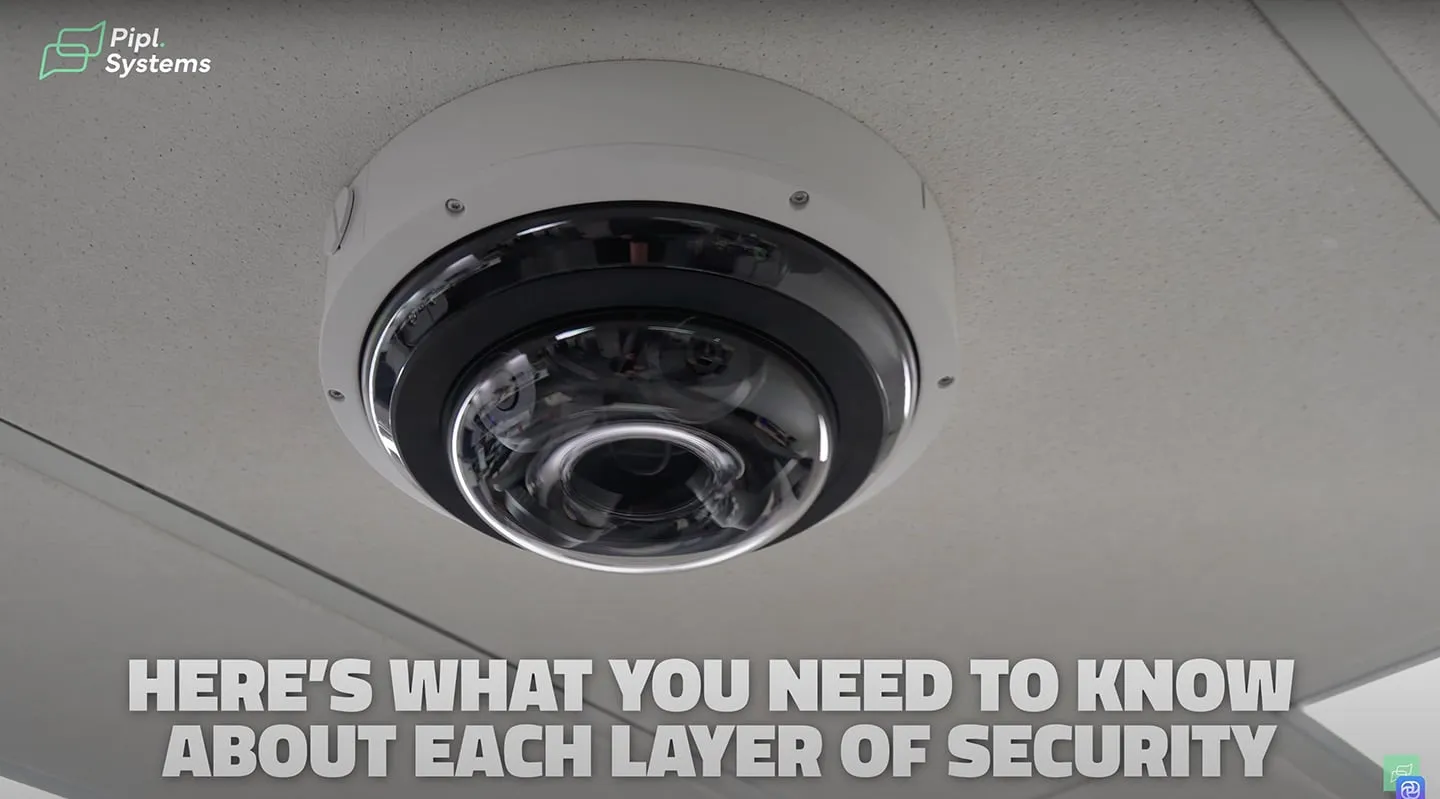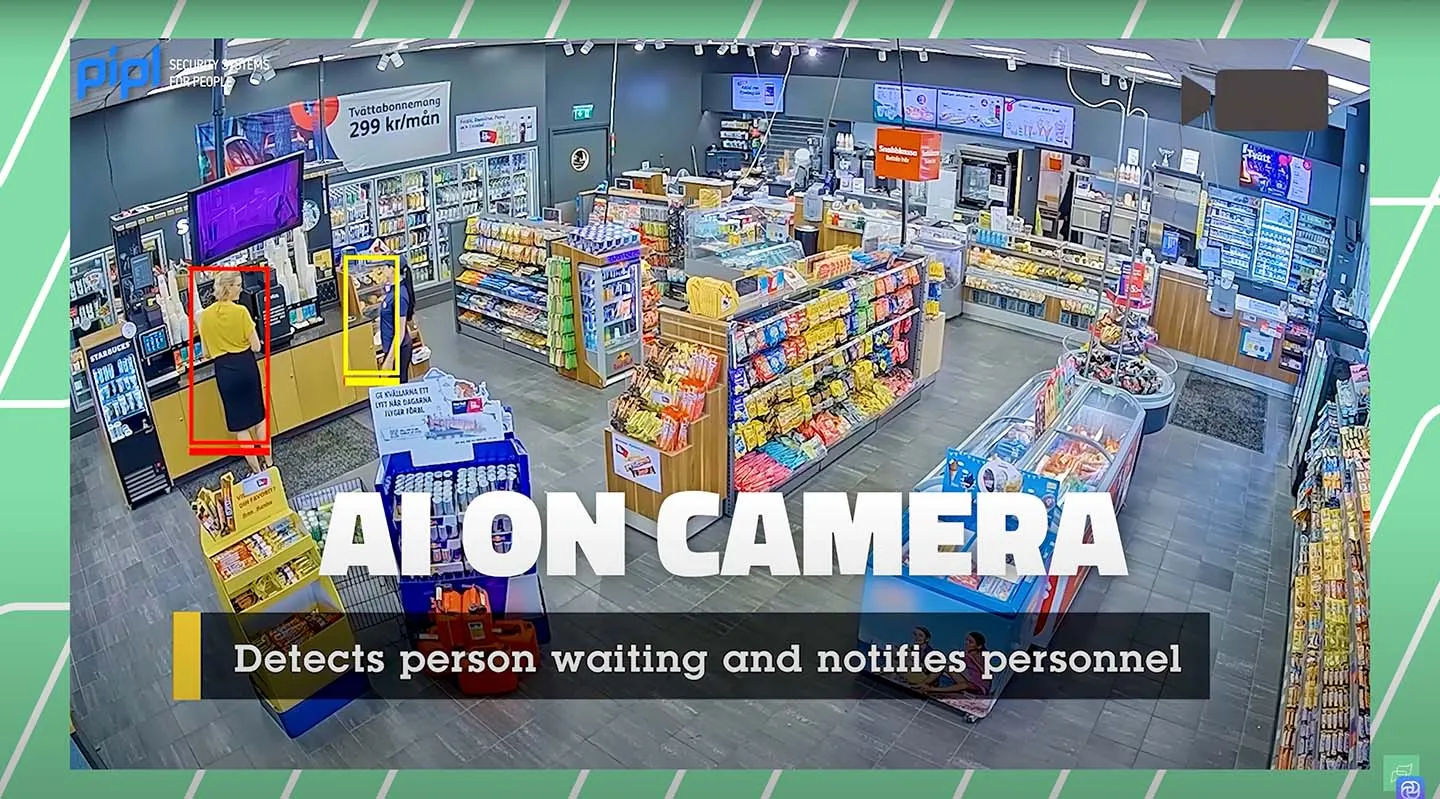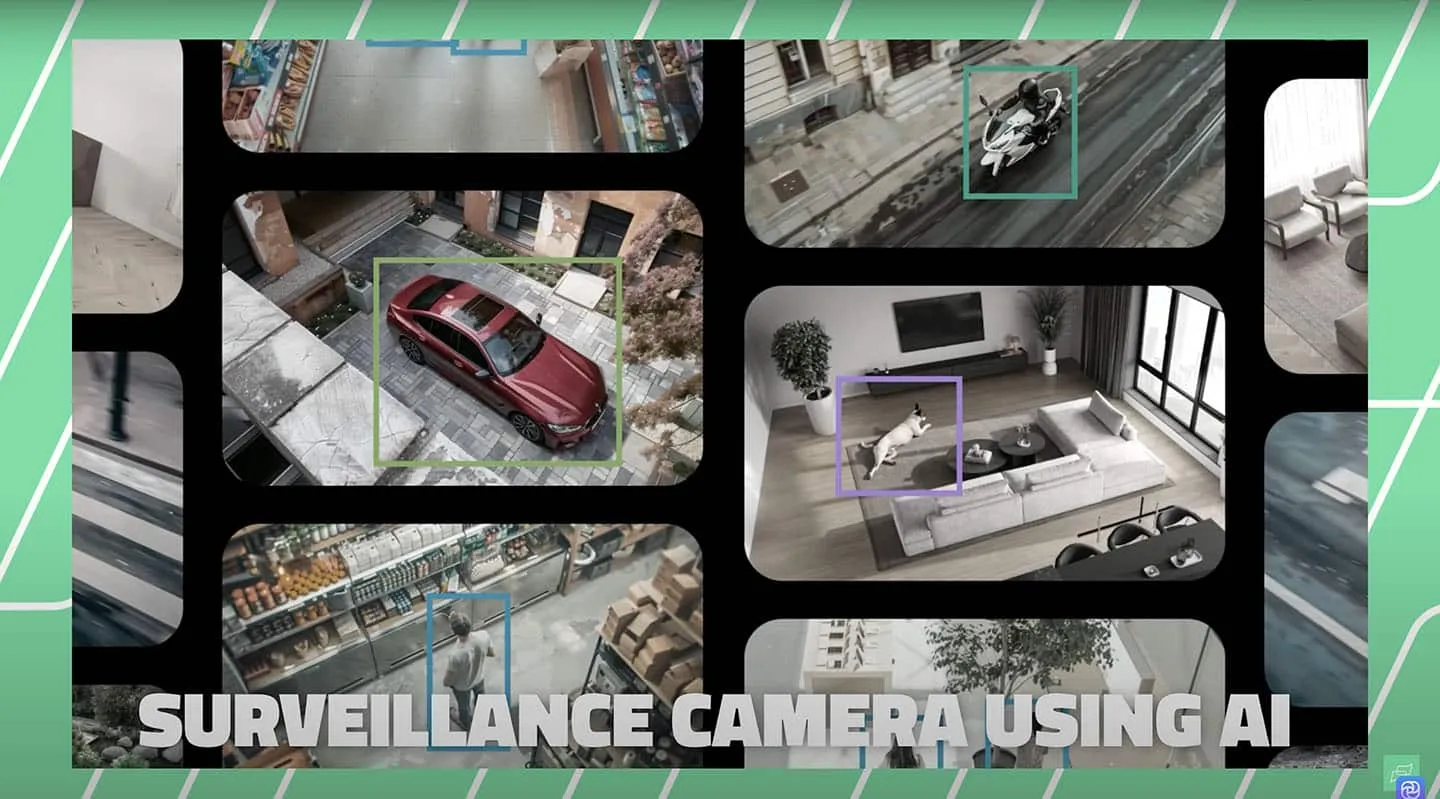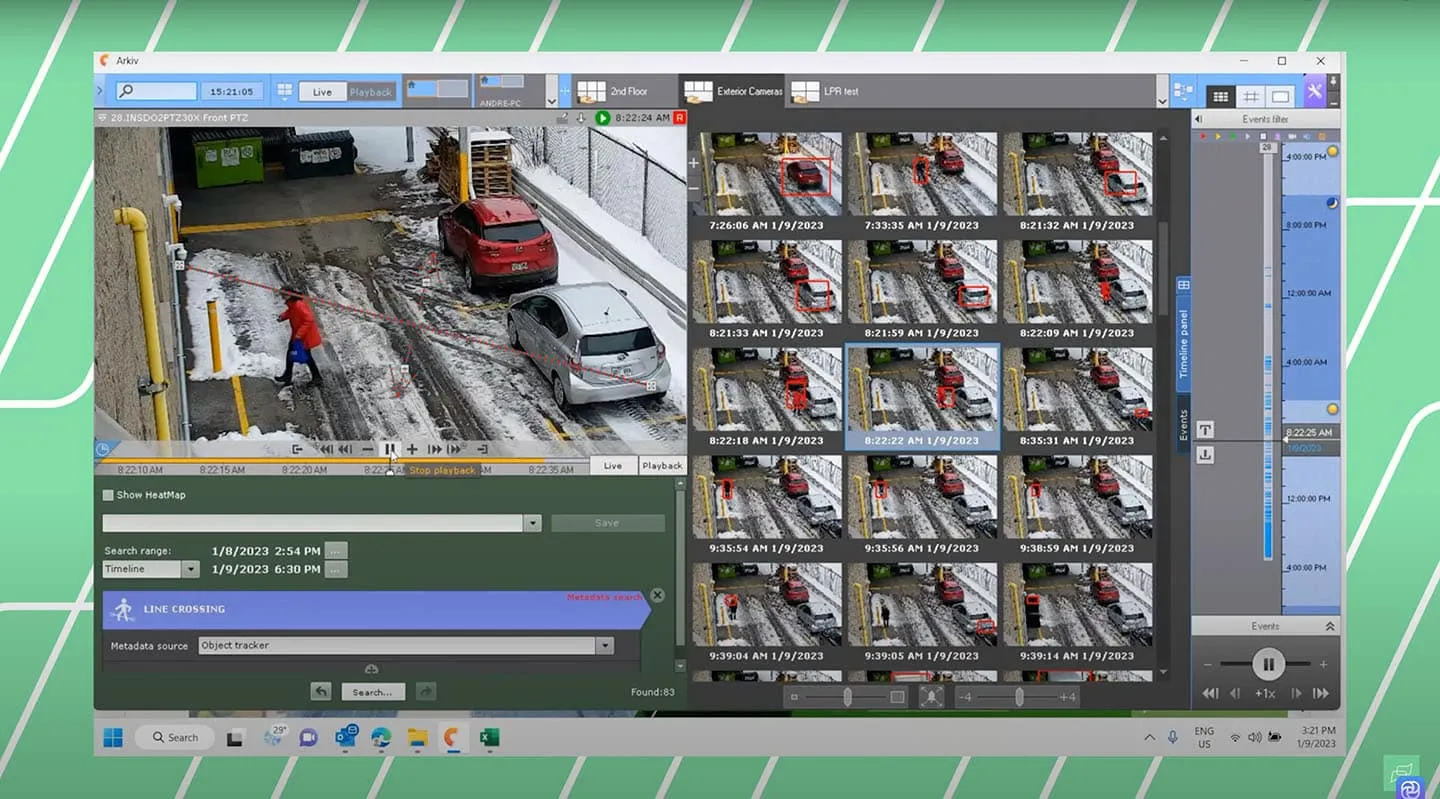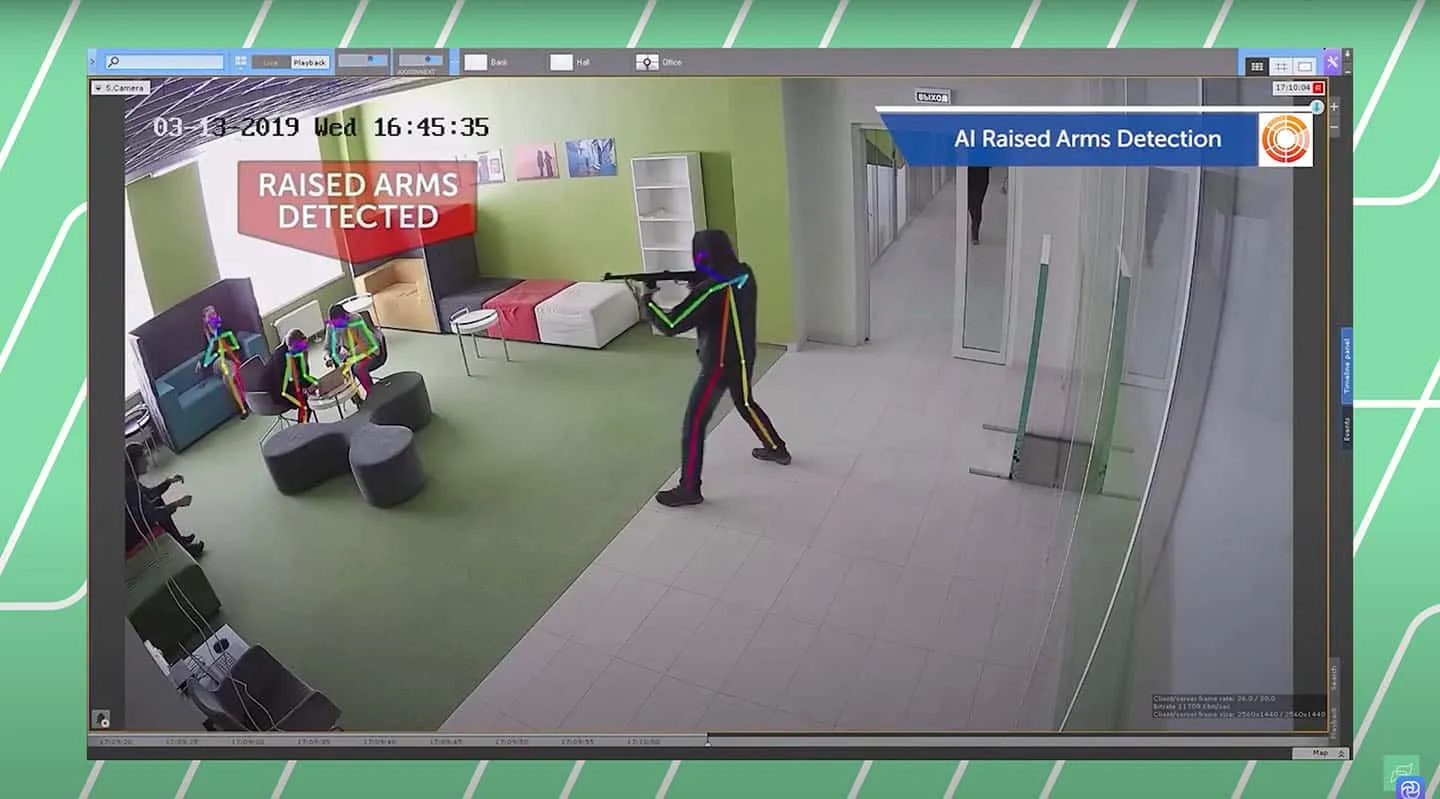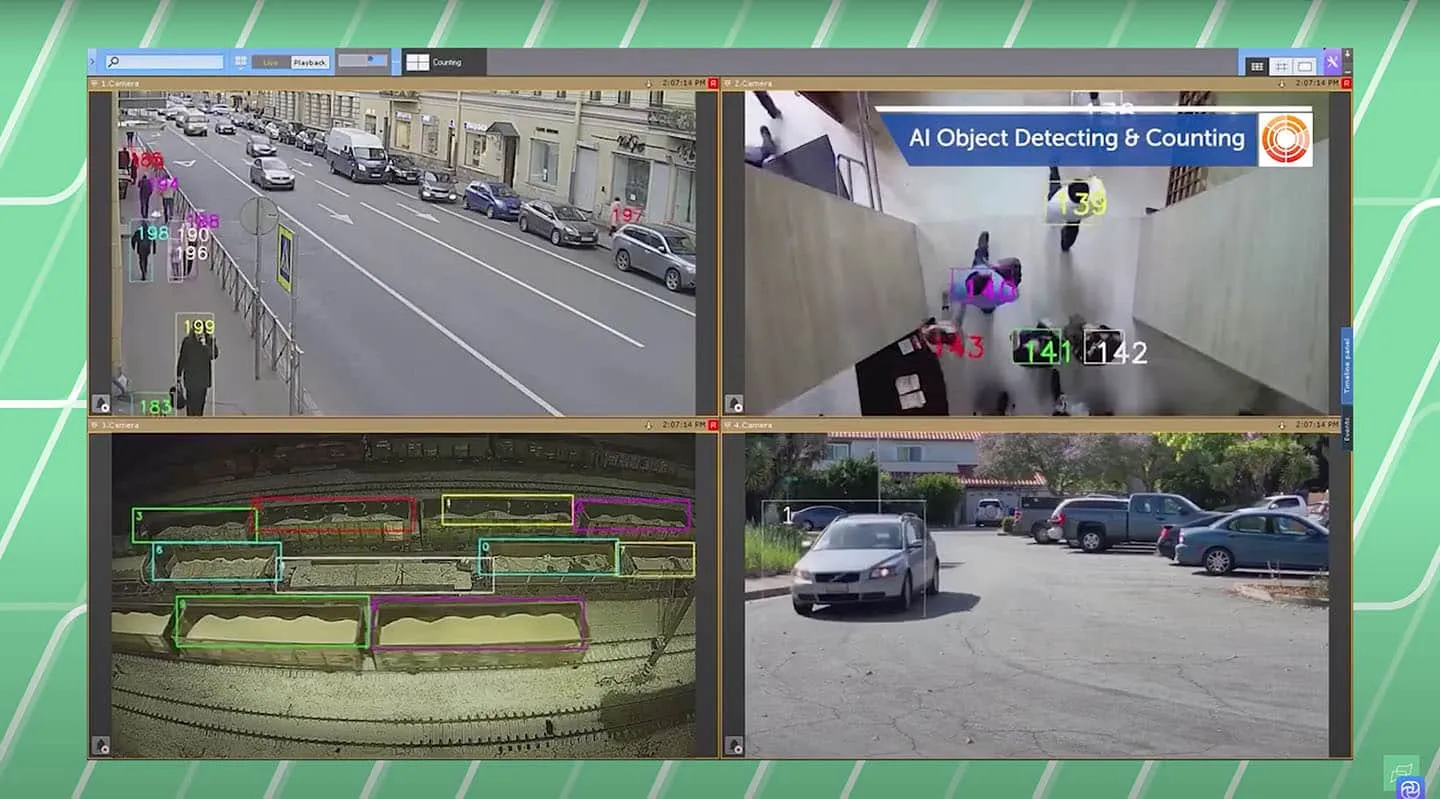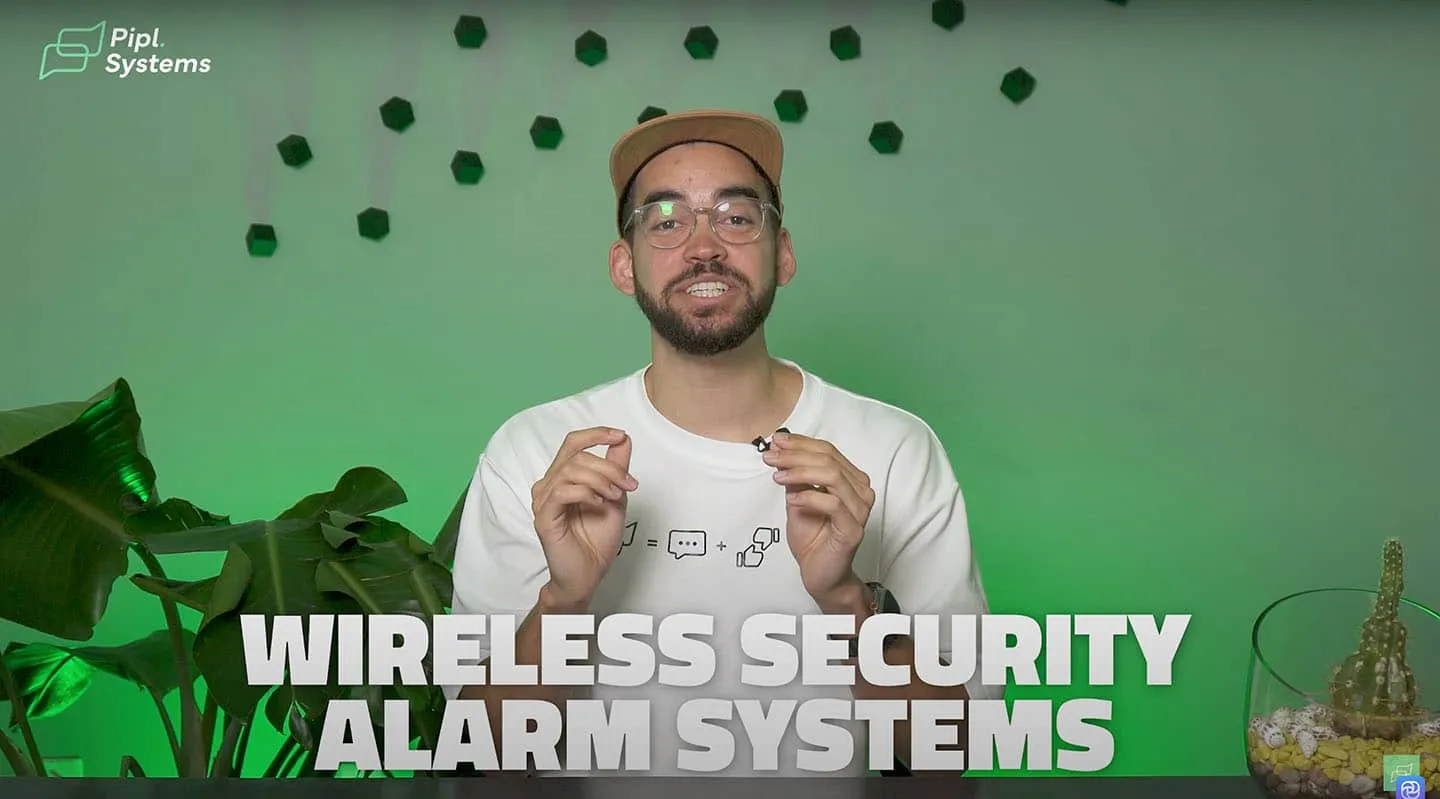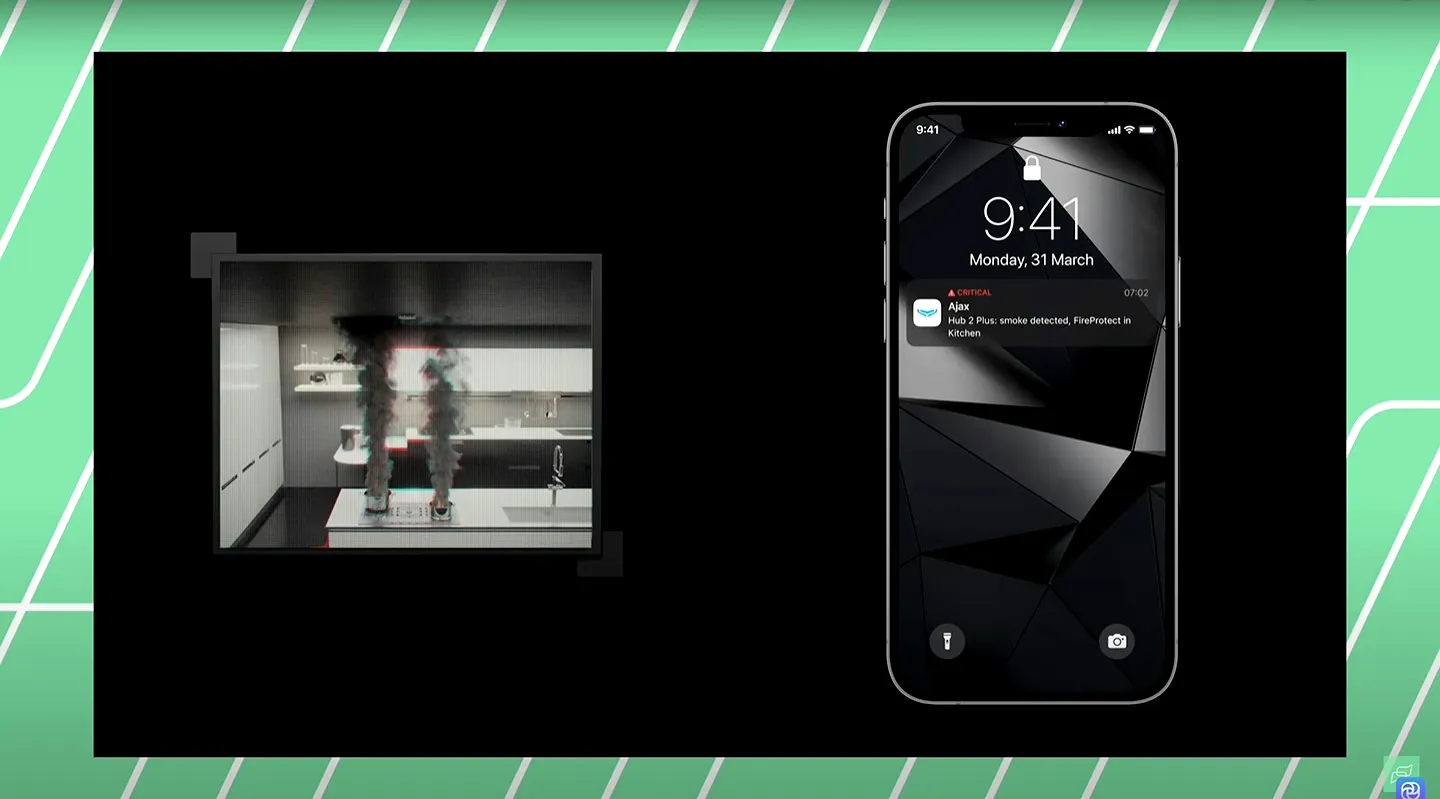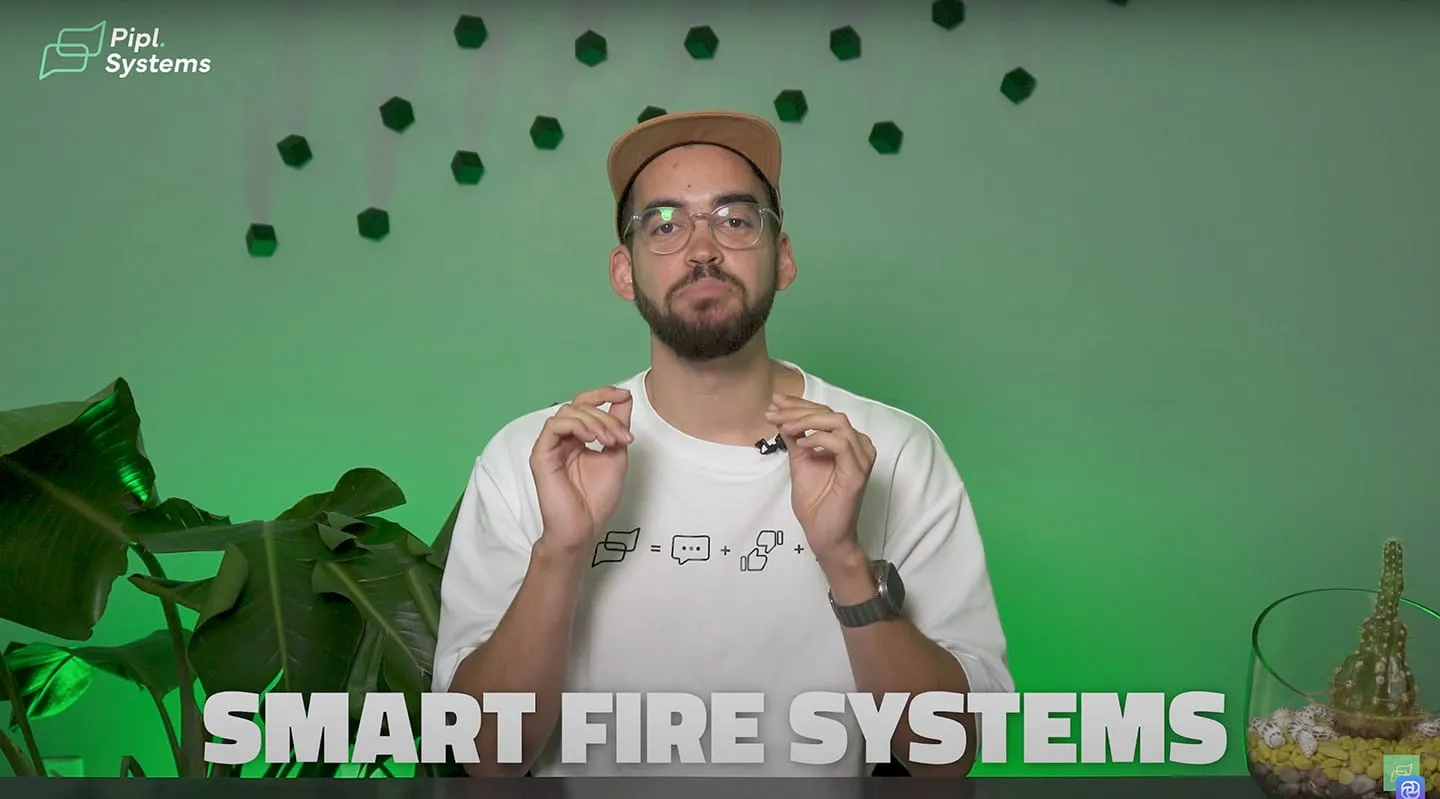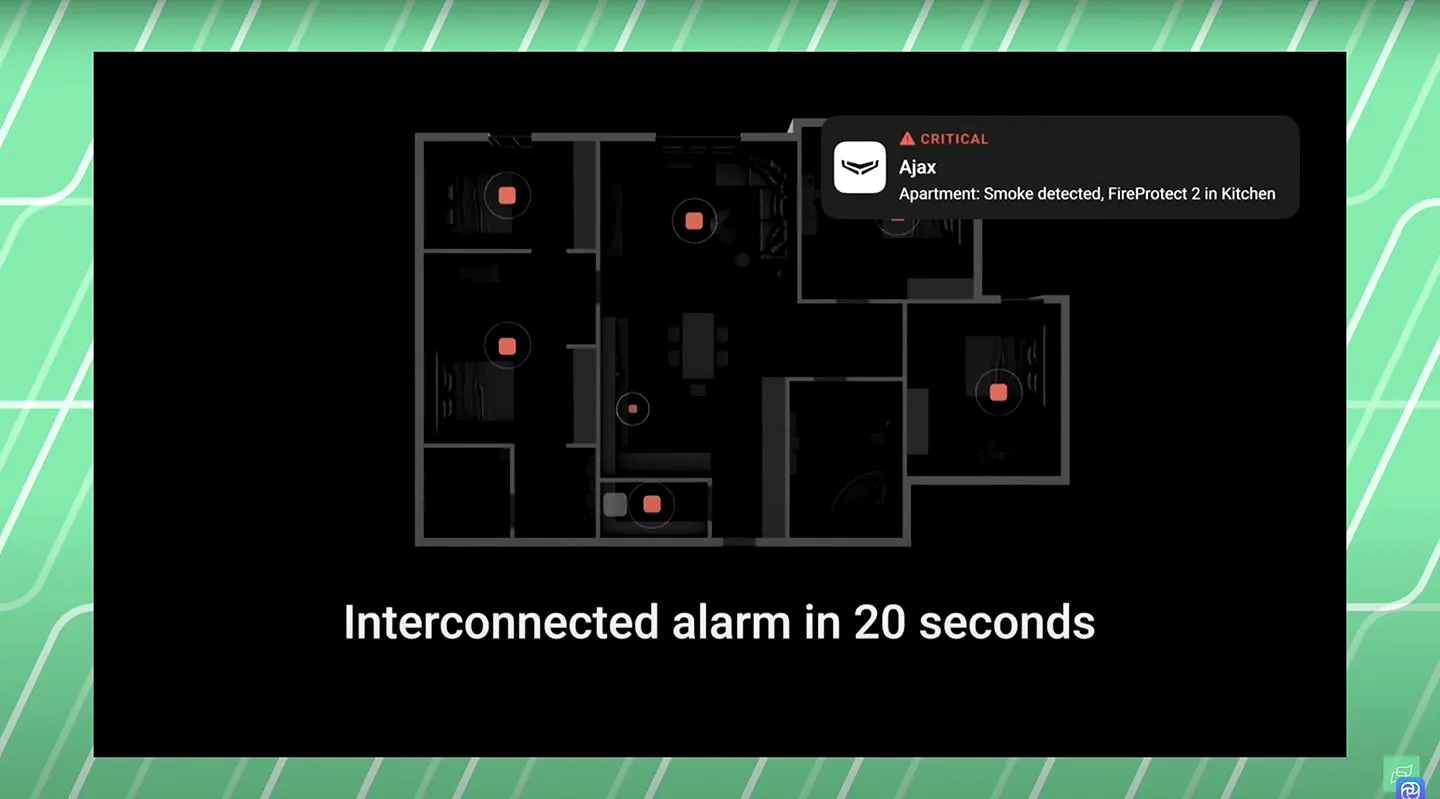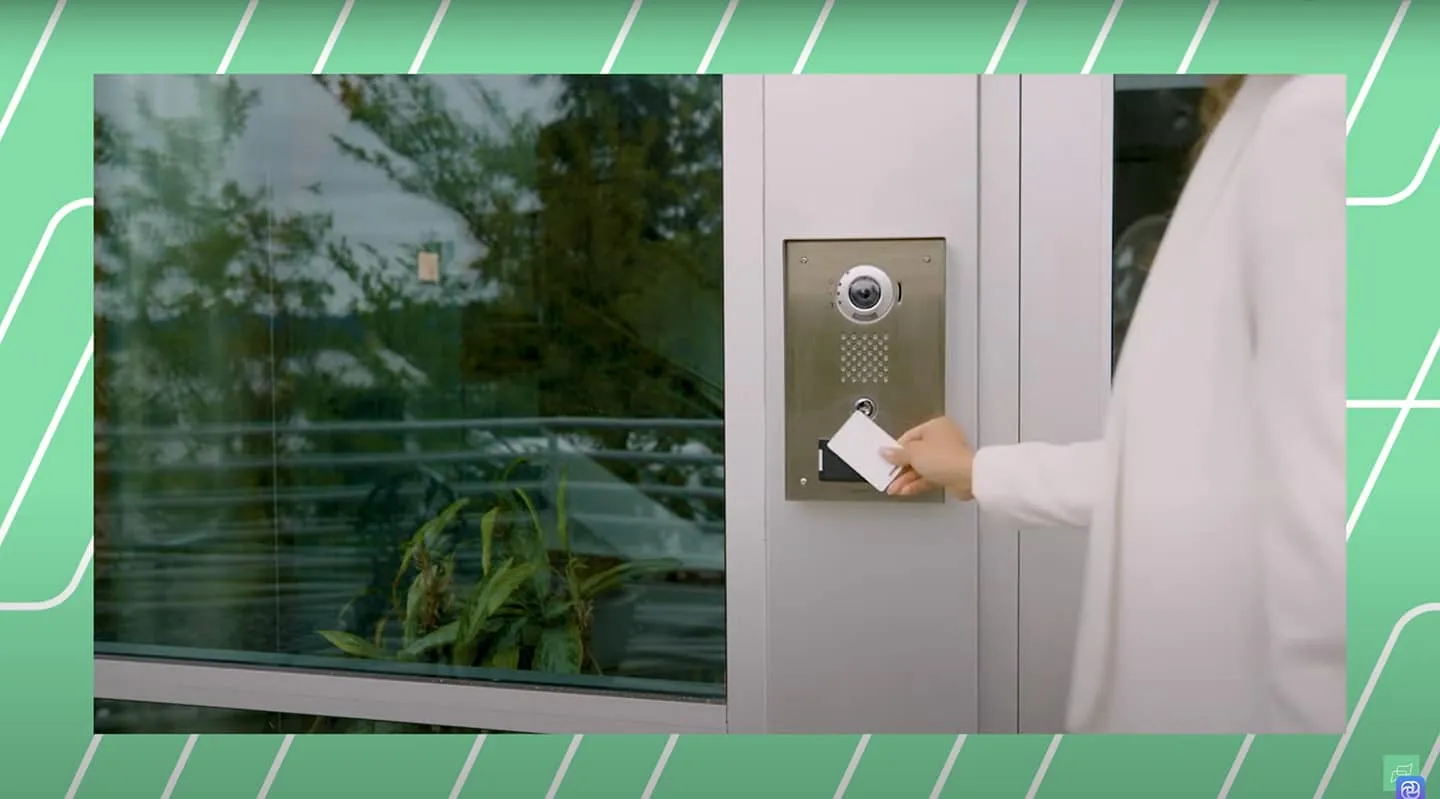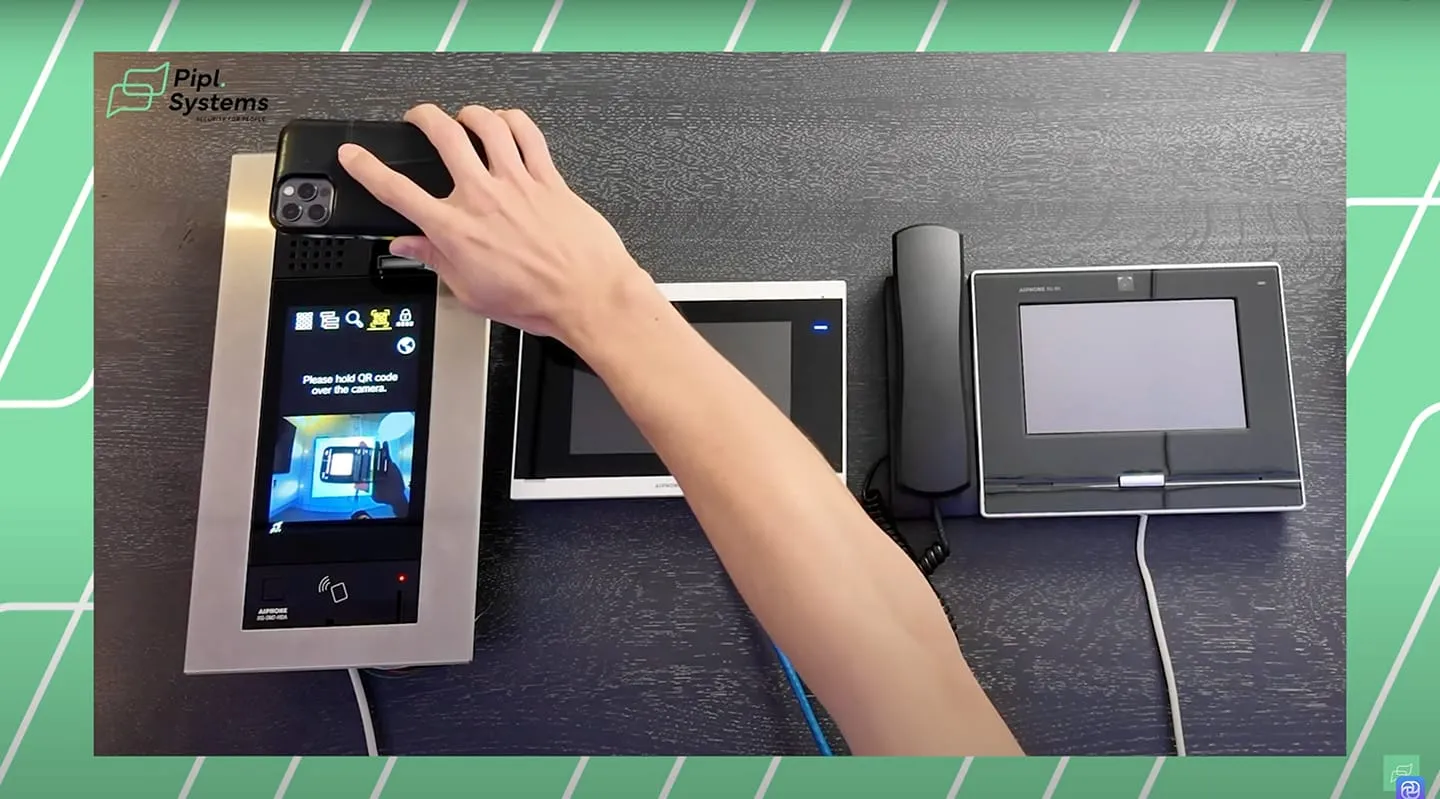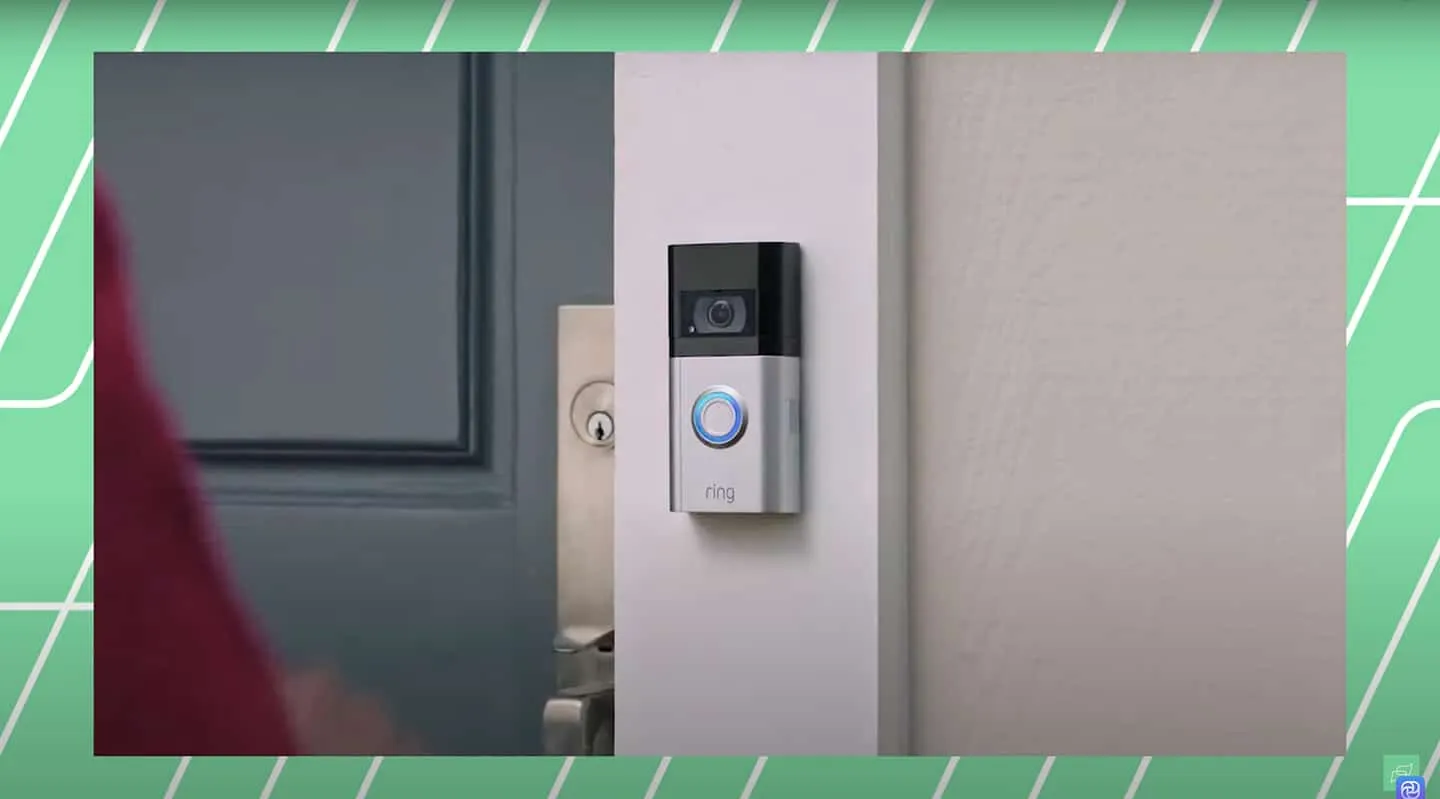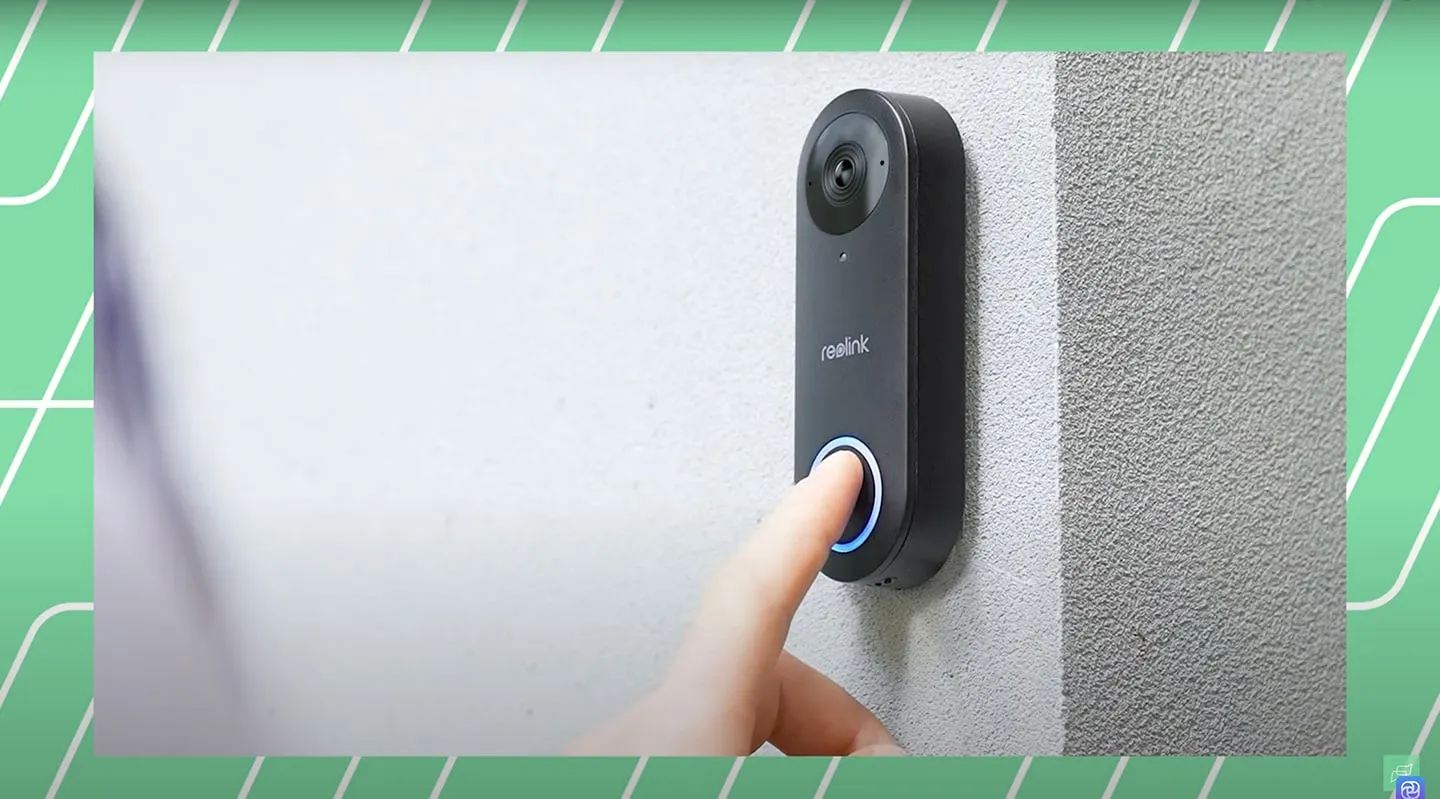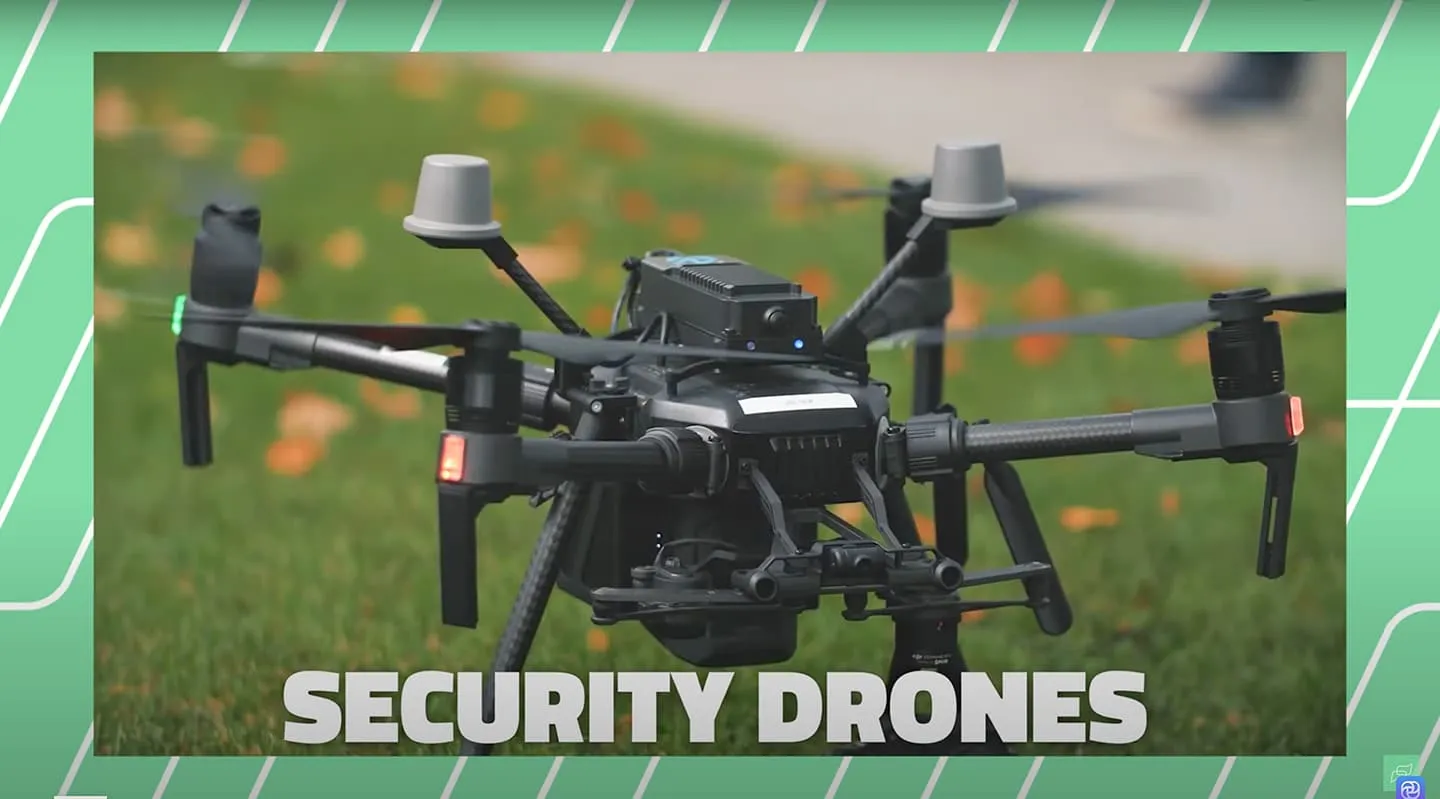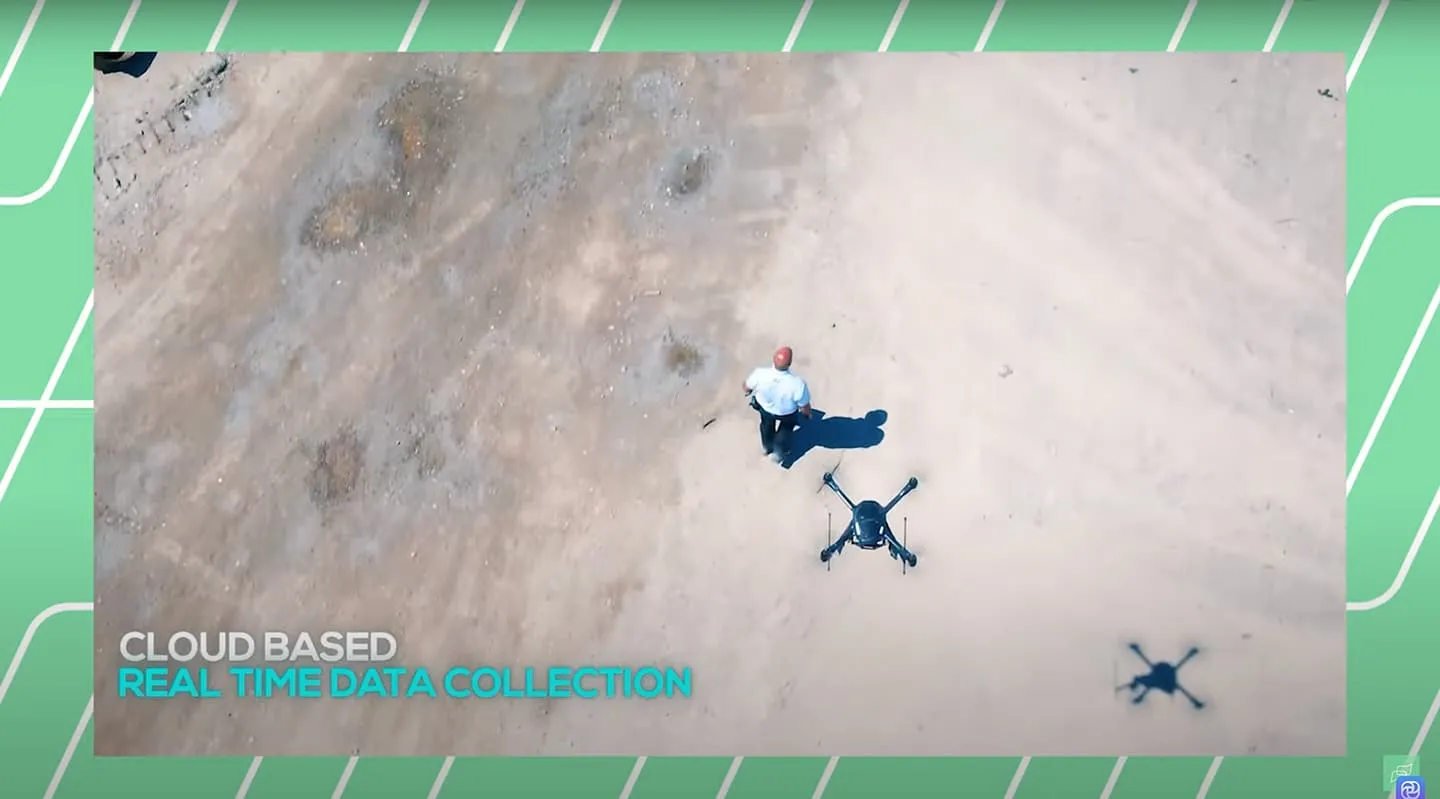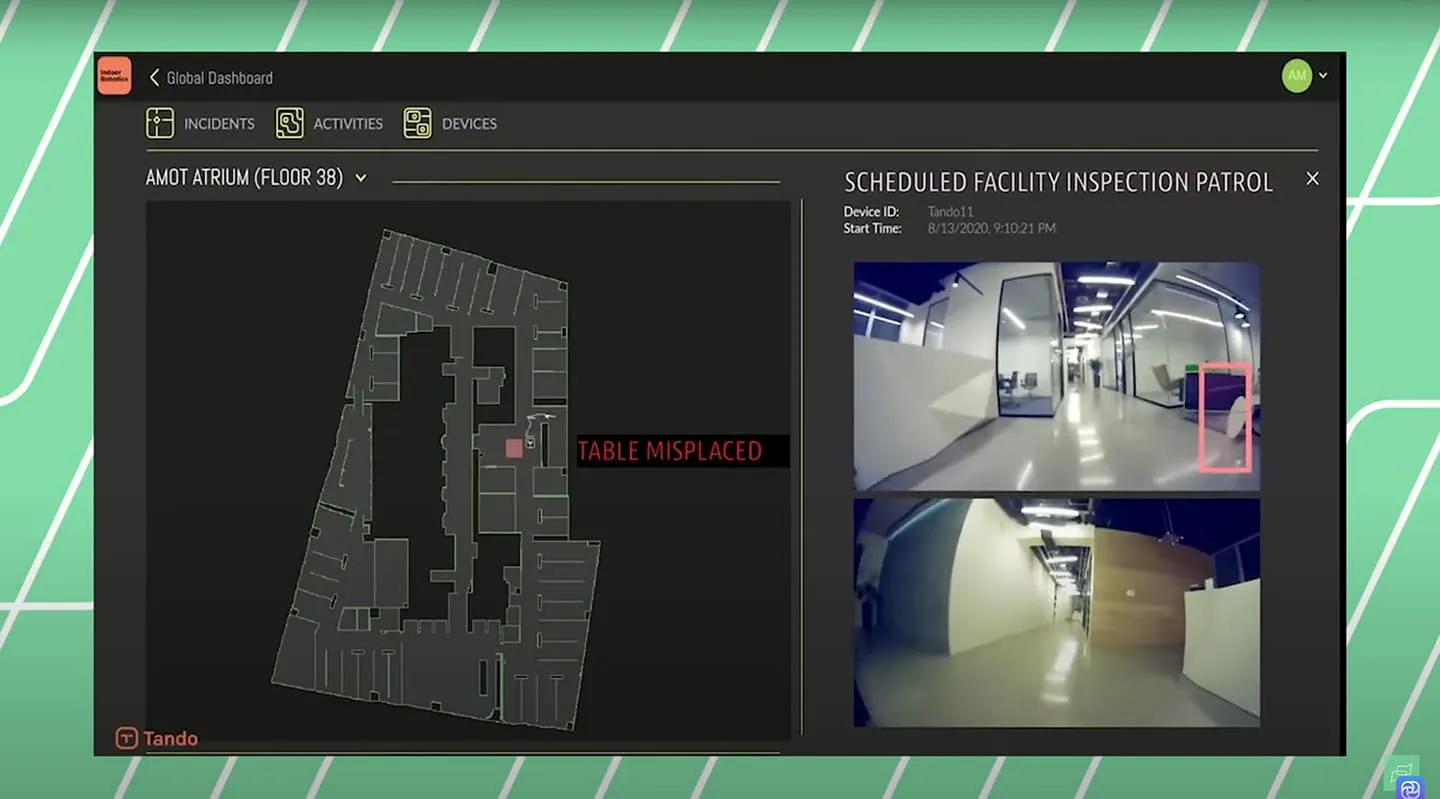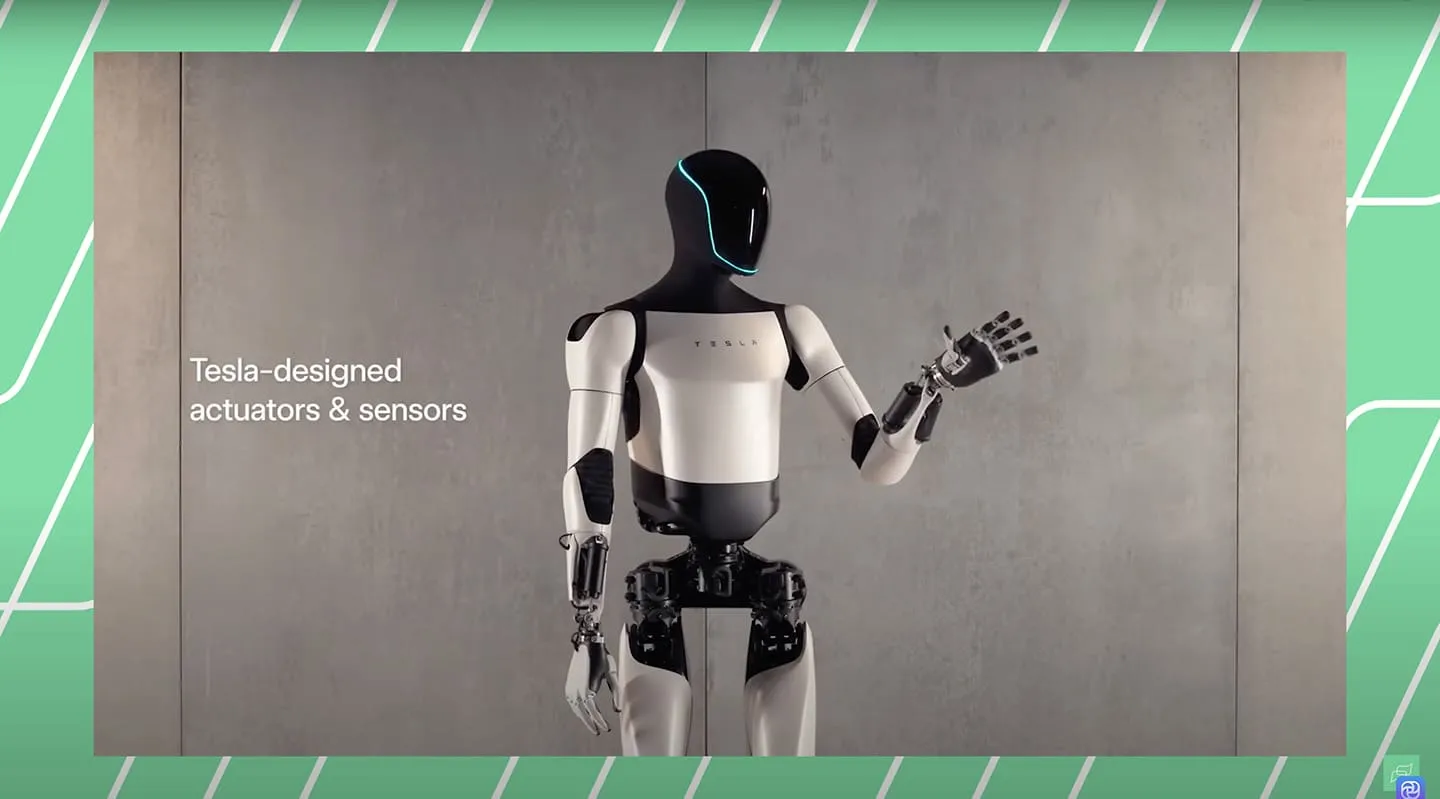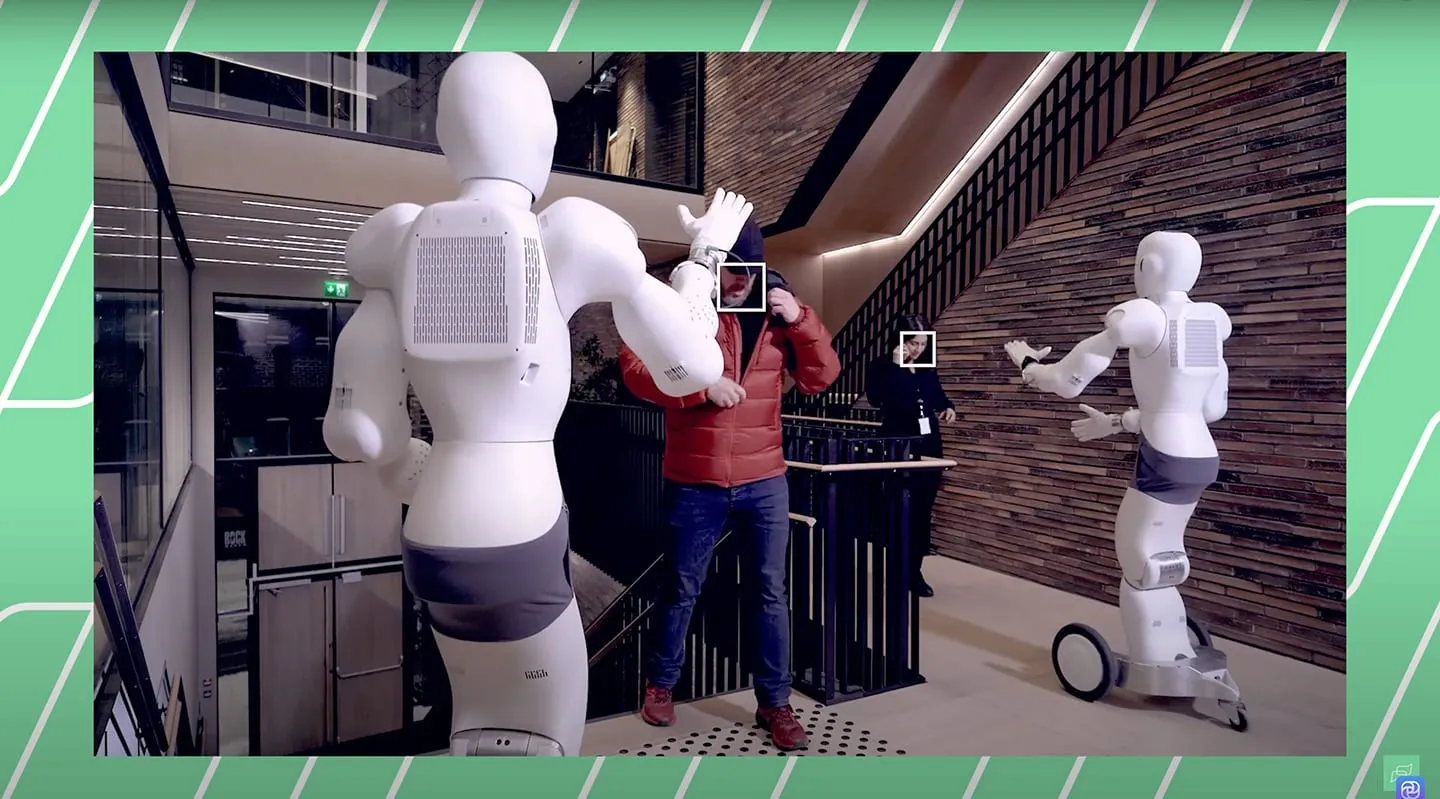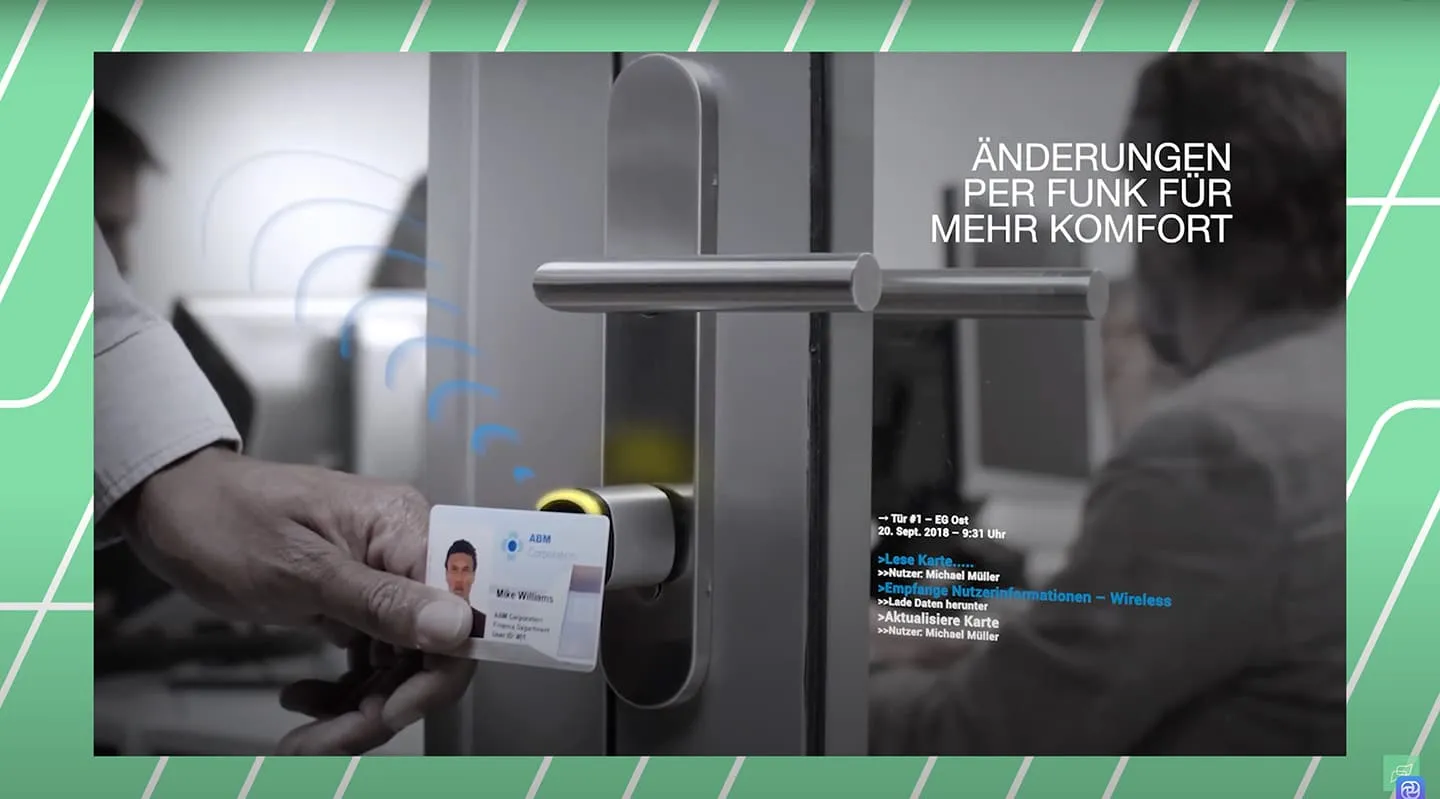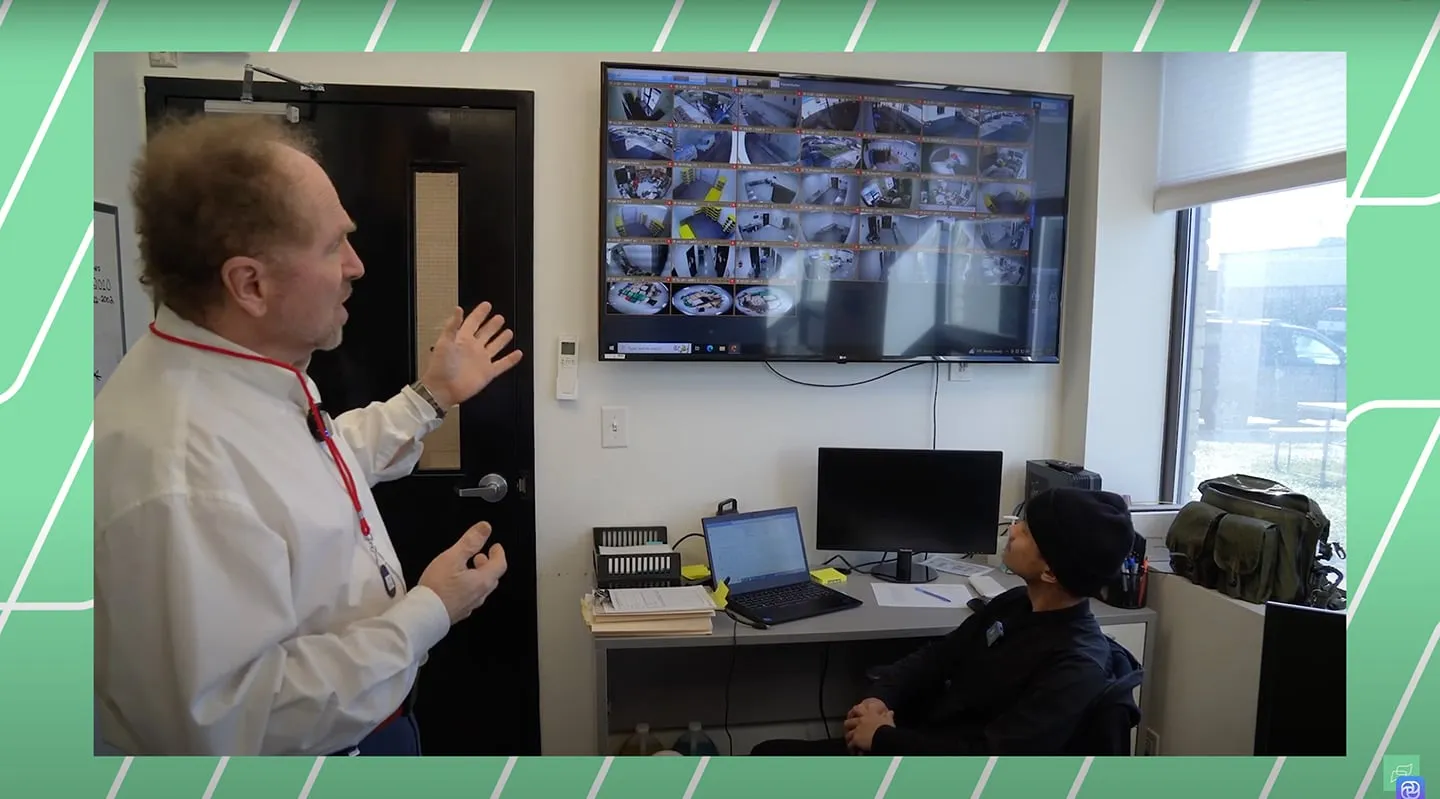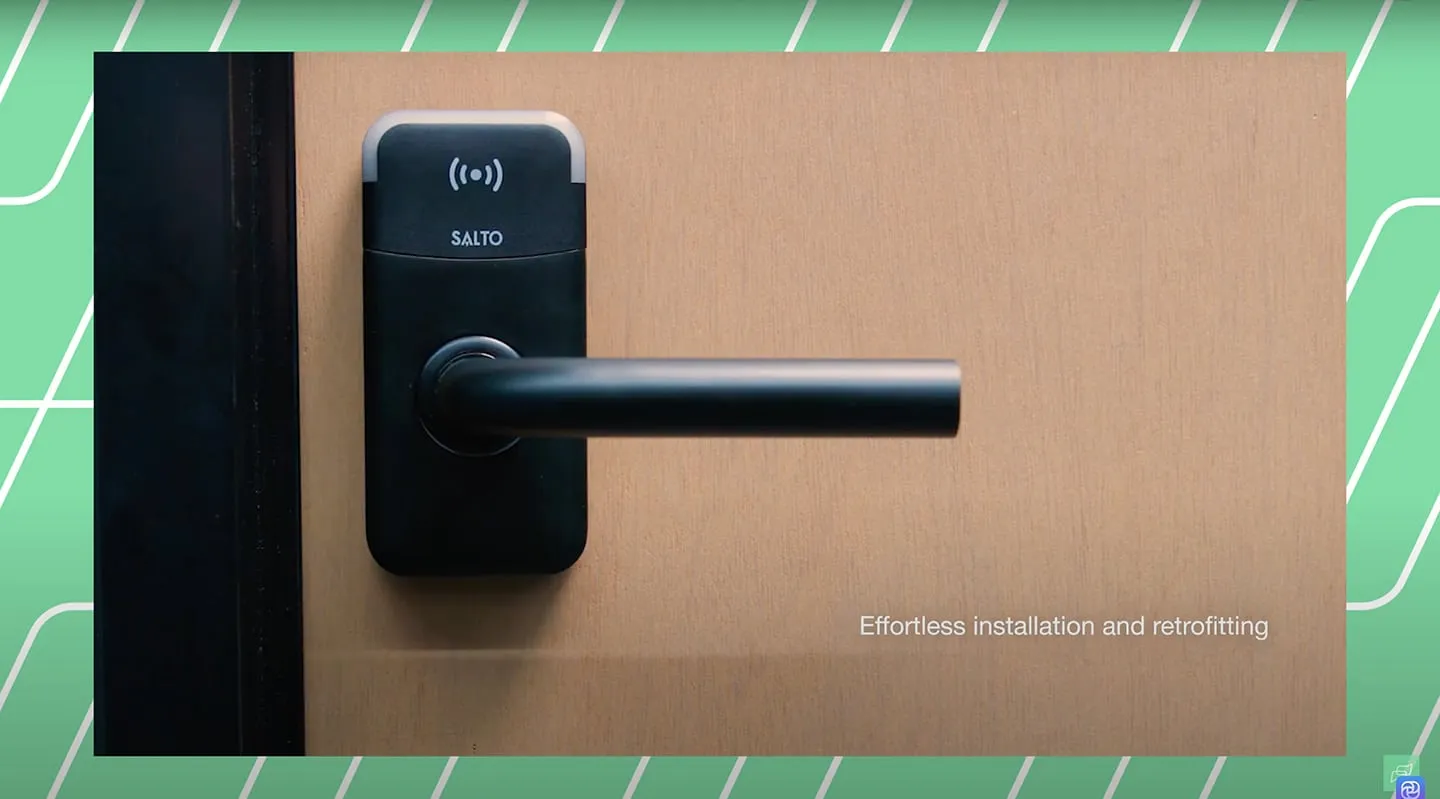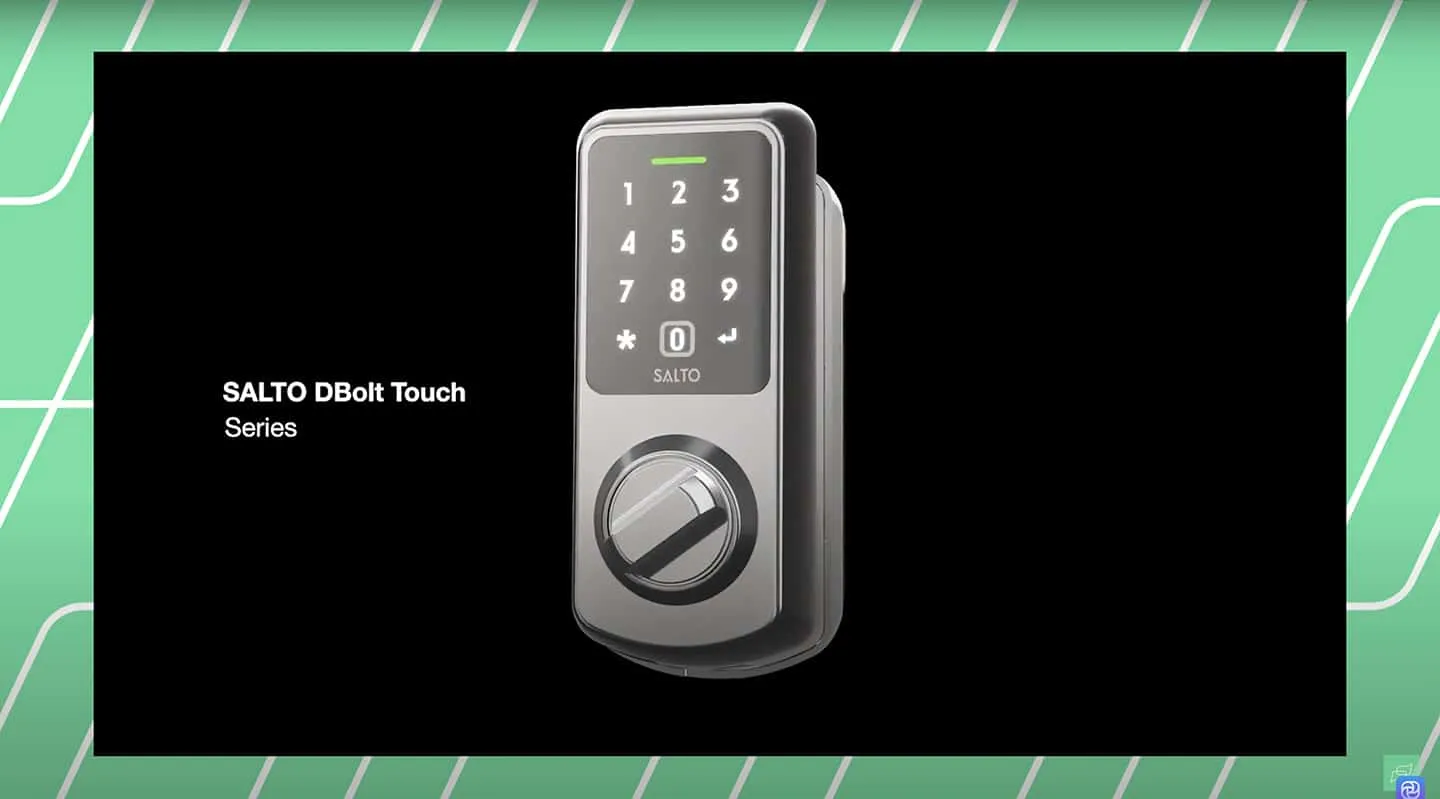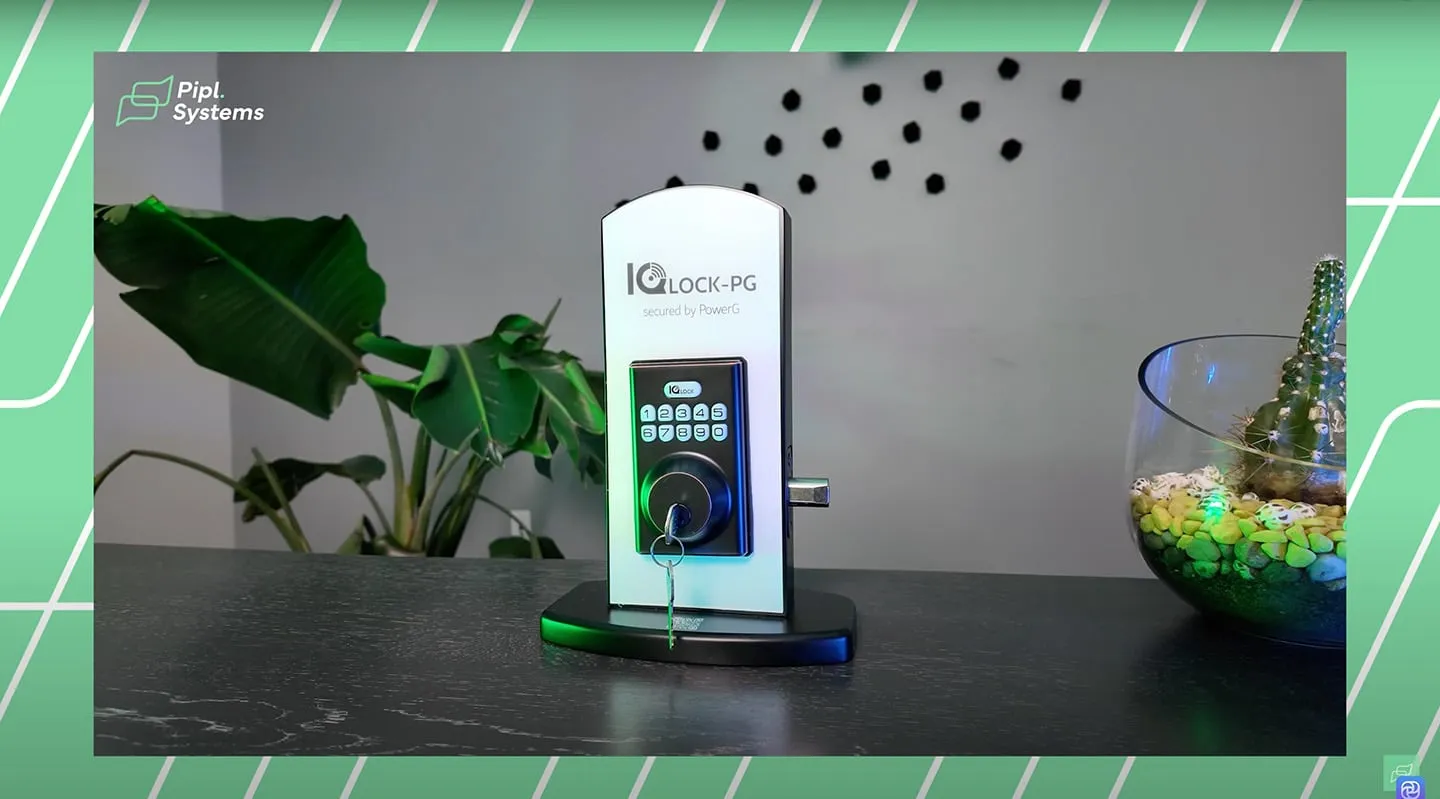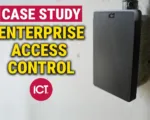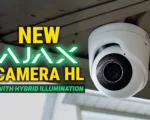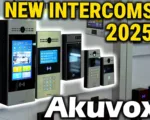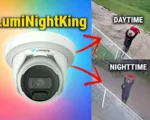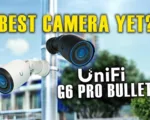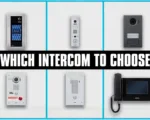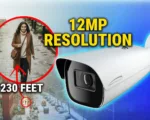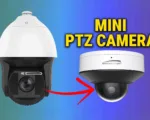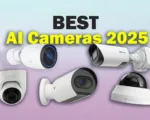Welcome to the Pipl Systems Media Portal
As an independent expert in security technologies, I’m thrilled to guide you through an in-depth exploration of what truly lies beneath the surface of modern security systems. When we think of home or business security, surveillance cameras, and fire alarms might be the first things that come to mind. However, these components are just the tip of the iceberg in a vast, interconnected network designed to protect people, properties, and assets.
In this article, we’ll delve into the hidden complexities of security systems—beyond the visible cameras and sensors—and explore the cutting-edge technologies that ensure comprehensive protection. From high-resolution surveillance cameras and cloud storage solutions to sophisticated video management software (VMS), you’ll discover how these elements work together seamlessly to form a robust defense against potential threats.
Whether you’re a professional installer, integrator, or just someone interested in enhancing security measures, this article will provide you with valuable insights and expert knowledge that you won’t find anywhere else. By understanding the full capabilities of modern security systems, you can better protect your home, business, and those you care about.
Surveillance Cameras: The Watchful Eyes
Surveillance cameras are a crucial component of any security system. They come in various types, such as IP and analog cameras, with resolutions ranging from 4MP to an impressive 20MP. The evolution of camera technology has introduced features like artificial intelligence (AI), enabling cameras to identify and classify objects, including people, vehicles, animals, and even faces, with remarkable accuracy.
For instance, certain AI-enabled cameras can detect intruders even in complete darkness, giving them nowhere to hide. These cameras are also available in different form factors to suit specific environments:
- Bullet Cameras: Commonly installed outside buildings, these cameras are designed to be visible and act as a deterrent to potential intruders. Their long-range capabilities make them ideal for monitoring larger outdoor areas.
- Dome Cameras: Typically used indoors, dome cameras blend in seamlessly with their surroundings. They’re a popular choice for retail environments where discretion is key.
- Turret Cameras: A hybrid of bullet and dome cameras, turret cameras are highly versatile and can be used in a variety of settings. Their flexible design makes them suitable for both indoor and outdoor use.
By choosing the right type of camera and taking advantage of AI capabilities, you can ensure that your surveillance system not only captures critical events but also enhances overall security by providing actionable intelligence.
Cloud Storage: Securing Your Footage
Once your surveillance cameras have captured footage, the next crucial step is ensuring that this data is securely stored. Traditionally, footage is saved locally on Network Video Recorders (NVRs) equipped with hard drives. These NVRs vary in size and capacity, allowing you to store data from as few as four cameras to as many as sixteen or more, depending on your needs. For larger projects, a dedicated server might be the ideal solution.

However, local storage options have their limitations, particularly when it comes to safeguarding data from theft or destruction. This is where cloud storage solutions come into play. By storing footage in the cloud, you create an additional layer of security, making it much more difficult for intruders to tamper with or delete critical evidence. Moreover, cloud storage enables easy access to footage from anywhere, providing peace of mind and added convenience.
Video Management Software (VMS): The Brain of the Operation
To effectively manage and analyze the vast amounts of data generated by your surveillance cameras, a robust Video Management Software (VMS) is essential. VMS acts as the central hub of your security system, allowing you to control multiple cameras simultaneously and retrieve specific footage in seconds.
One of the most significant advancements in VMS is the integration of AI-powered deep learning analytics. This technology can automatically detect and analyze behaviors such as sudden movements, gestures, or the presence of a weapon. Once identified, the VMS sends immediate alerts to you and the monitoring station, ensuring a rapid response to any potential threat.
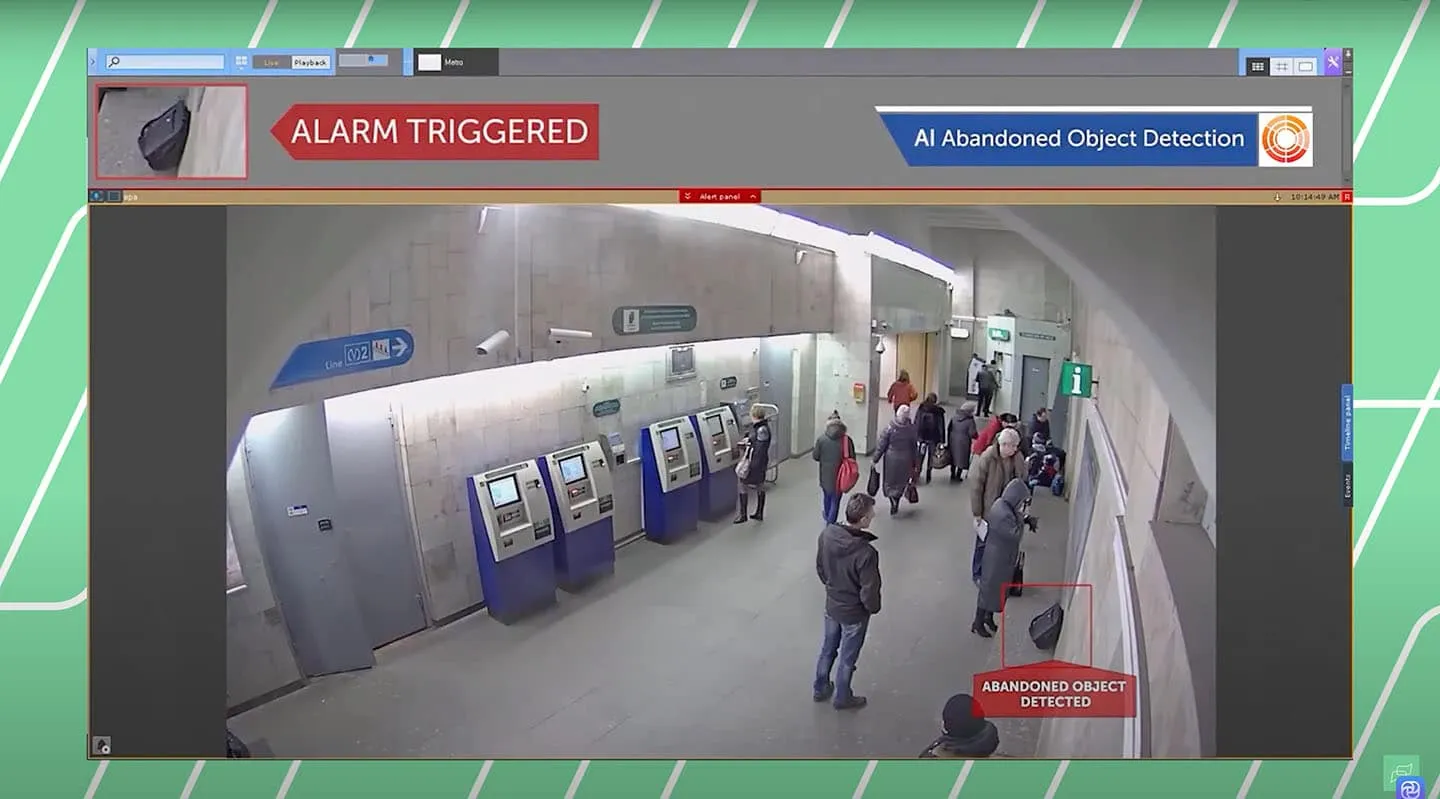
In essence, a VMS not only enhances the efficiency of your security system but also transforms it into a proactive tool that can anticipate and respond to incidents before they escalate.
By now, you should have a clearer understanding of the hidden intricacies behind modern security systems. From advanced surveillance cameras to cloud storage and AI-powered video management software, each component plays a vital role in creating a secure environment. As you explore these technologies, consider how they can be integrated into your security strategy to provide the ultimate protection for your home or business.
Wireless Security Alarm Systems: A New Era of Home Protection
The rise of wireless security alarm systems represents a significant shift in how we approach home and business security. Unlike traditional wired systems, wireless security systems rely on radio frequencies to communicate between the various sensors and the central control hub. This advancement allows for more flexible installation options and reduces the complexity associated with wiring.
One of the key benefits of wireless systems is their ability to cover large distances—often several kilometers—allowing you to link hundreds of devices to a single hub. This system can be managed directly from your smartphone, providing a level of convenience and control that was previously unattainable.
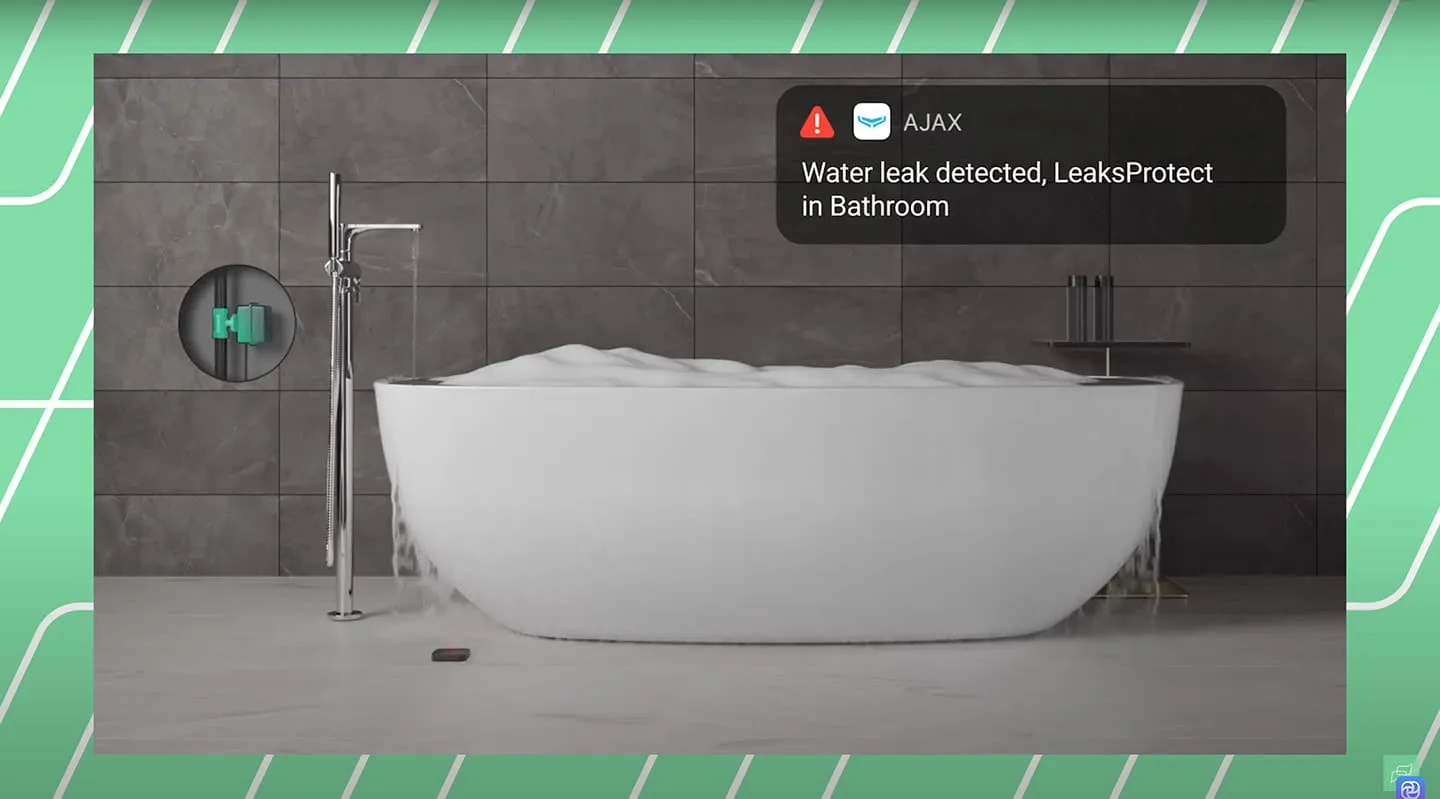
For instance, imagine you’re on vacation and a water leak occurs in your home. The wireless water leak sensor immediately communicates with the hub, which in turn signals a smart valve to shut off the water supply, preventing any significant damage. This is just one example of the many scenarios where a wireless security system can provide real-time protection against a wide range of threats.
Smart Fire Systems: Advanced Fire Safety
Traditional fire detection systems have always been an essential part of any security setup, but modern smart fire systems take safety to a whole new level. These systems are designed to not only detect a fire but to respond automatically and intelligently to mitigate damage and ensure the safety of occupants.
A smart fire system can detect smoke or a rise in temperature and automatically activate fire suppression systems in the affected area. These systems are equipped with sensors that monitor the effectiveness of the suppression efforts, turning off once the fire is extinguished to prevent unnecessary water damage. Simultaneously, the system sends alerts to the fire department, police, and any predesignated emergency contacts, ensuring that help is on the way without delay.
Moreover, when integrated with an access control system, the smart fire system can automatically unlock all doors in the building, providing a safe exit path for everyone inside. This integration not only enhances the safety of the occupants but also ensures that emergency responders can access the building as quickly as possible.
Intercom Systems: Beyond the Doorbell
Intercom systems have evolved far beyond the simple entrance panels that many of us are familiar with. Modern intercom systems are a crucial part of a comprehensive security setup, providing both communication and access control in residential and commercial settings.
Take, for example, an intercom system integrated with your smartphone. Companies like Aiphone offer systems that allow you to unlock doors directly from a mobile app, or even with a phone call. You can also create temporary digital keys to share with family, friends, or service providers, granting them access while you’re away.
For property managers overseeing multiple buildings, intercom systems provide the ability to manage all sites remotely through a centralized platform. This functionality is equally valuable in commercial environments, where intercom systems can be used to control access, monitor emergency stations, and communicate with emergency services.
The versatility of modern intercom systems makes them an indispensable part of a security system, offering convenience, control, and enhanced safety for users in various environments, including schools, hospitals, and residential complexes.
Video Doorbells: The New Standard in Front Door Security
In recent years, video doorbells have rapidly gained popularity, becoming an essential component of modern home security systems. These devices replace traditional doorbells with a smart solution that integrates video surveillance and two-way communication.
The surge in “porch pirate” incidents—where thieves steal packages left on doorsteps—has made video doorbells an invaluable tool for homeowners. Equipped with a high-definition camera, these doorbells allow you to monitor your front door in real time via a mobile app. You receive instant notifications when someone approaches your door, and the doorbell records a short video clip that includes a few seconds before and after the motion is detected. This footage is often crucial in identifying and apprehending thieves.
Video doorbells not only provide a clear view of your entryway but also enable you to interact with visitors remotely. Whether you’re at work or on vacation, you can see, hear, and speak to anyone who rings your doorbell, adding an extra layer of security and convenience.
This exploration of wireless alarm systems, smart fire systems, intercom systems, and video doorbells highlights the advanced technologies that can significantly enhance your security setup. By understanding and implementing these tools, you can create a comprehensive security system that offers robust protection against a wide range of threats.
Security Drones: The Future of Aerial Surveillance
Security drones are rapidly becoming a staple in the surveillance landscape, offering a level of flexibility and coverage that ground-based systems simply cannot match. Whether deployed indoors or outdoors, these drones provide continuous monitoring with capabilities that extend far beyond traditional cameras.
Security drones are equipped with predefined patrol routes and can autonomously navigate their environment, transmitting live video feeds to a monitoring station. This is particularly advantageous in large facilities where human patrols may be less effective. The drones’ aerial perspective offers a comprehensive view of the premises, identifying potential security breaches or individuals in need of assistance more efficiently than ground-based surveillance.
Key features of security drones include:
- Autonomous Patrolling: Drones can be programmed to follow specific routes at routine intervals, ensuring comprehensive coverage of the facility.
- Real-Time Incident Response: Drones can be triggered to investigate alerts and interact with security incidents in virtually real time.
- Advanced Detection Capabilities: Equipped with people detection and object avoidance analytics, drones can adapt to various environments and avoid obstacles during their patrols.
- Integration with Security Systems: Security drones can be outfitted with additional sensors, such as infrared cameras or radio wave detectors, which integrate with other security and facilities management systems.
After completing their patrol, security drones automatically return to their docking stations to recharge, ensuring they are always ready for the next mission. This autonomous functionality provides an additional layer of 24/7 surveillance, making security drones an invaluable asset for any commercial facility.
Security Robots: Autonomous Patrol and Interaction
Gone are the days when security robots were confined to the realm of science fiction. Today, these robots are very much a reality and are increasingly being deployed in commercial facilities for autonomous patrol and interaction.
Security robots offer a unique combination of mobility, communication, and environmental interaction. For example, they can be operated in “Avatar mode,” where a human operator uses virtual reality to control the robot remotely. This capability is particularly useful in high-risk or dangerous environments, allowing organizations to reduce the need for human presence in hazardous areas.
Some of the capabilities of modern security robots include:
- Autonomous Patrol: Robots can navigate large facilities autonomously, capturing 360-degree views of the environment with advanced camera systems.
- Two-Way Communication: Security robots enable live communication between the public and an operator, enhancing the ability to manage situations remotely.
- Hazard Removal: Robots equipped with mechanical arms can inspect and remove hazards or obstructions, contributing to a safer environment.
- Interaction with Infrastructure: These robots can operate elevators, open doors, and perform other tasks that require fine motor skills, further integrating into the facility’s daily operations.
Moreover, like security drones, these robots are designed to self-dock and recharge, ensuring they remain operational at all times. The integration of robots into security protocols represents a significant step forward in automating and enhancing security measures.
Access Control Systems: The Heart of Security Management
Access control systems are a critical component of any comprehensive security setup, managing entry and exit points within a facility. These systems utilize electronic keys, such as cards or tags, to grant or restrict access based on predefined criteria.
Modern access control systems offer a wide range of functionalities that go beyond simply unlocking doors. For example, they can:
- Restrict Entry: Automatically deny access when the occupancy exceeds a specified limit, ensuring compliance with safety regulations.
- Monitor Occupancy: Track how much time individuals spend inside a building, generating reports for administrators to review.
- Integrate with Security Protocols: Access control systems can be linked with surveillance cameras, alarms, and other security devices to create a unified security network.
In emergencies, such as a fire, access control systems can automatically unlock all doors to facilitate a safe and orderly evacuation. Conversely, in the event of an intrusion, the system can trap the intruder within a designated area by locking all exits, preventing escape until authorities arrive.
Smart Locks: The Modern Key to Security
Smart locks represent the evolution of traditional locks, offering a combination of convenience and enhanced security. Instead of relying on a physical key, smart locks use electronic keys, keypads, or even biometric data to grant access.
These locks are seamlessly integrated into broader security systems, allowing for advanced functionalities such as:
- Scheduled Locking: Set specific times for doors to automatically lock or unlock, streamlining the process of securing a facility or home.
- Remote Access: Control and monitor lock status from anywhere via a mobile app, offering peace of mind when you’re away from your property.
- Scenario Integration: Smart locks can be programmed to work in conjunction with other security devices. For example, when you leave your home, the system can automatically lock the door and activate the alarm.
The trend towards smart locks is evident across various sectors, including residential, commercial, and hospitality. Their ability to enhance security while offering unparalleled convenience makes smart locks an increasingly popular choice for securing properties.
Extended Conclusion: Unveiling the Future of Security
As we explore the evolving landscape of security, it becomes clear that modern systems are far more complex and interconnected than they appear. Surveillance cameras, cloud storage, video management software, and other foundational elements are just the starting points of what is possible today. With advancements in artificial intelligence and deep learning analytics, security technology has progressed from merely recording events to actively participating in detecting and preventing threats in real-time.
Wireless security alarm systems have revolutionized how we manage and monitor our properties, offering flexibility and remote control that were unimaginable just a few years ago. These systems not only provide the capability to protect against unauthorized entry but also integrate with other smart devices to prevent other forms of damage, such as water leaks or fires. By automating responses and ensuring that information is communicated quickly and efficiently, these systems are critical in minimizing potential harm.
Smart fire systems exemplify the integration of security and safety, ensuring that buildings are not just protected from intrusion but also from the devastating effects of fire. By automatically detecting and extinguishing fires, as well as coordinating evacuation efforts, these systems can significantly reduce the risk of injury and property loss. The seamless communication between different components of the security system, such as fire detectors, access control, and intercom systems, ensures a coordinated response in emergencies, demonstrating the importance of a holistic approach to security.
Security drones and robots represent the future of surveillance and facility management. Drones provide comprehensive aerial oversight, allowing for quick and efficient monitoring of large areas, while security robots offer unprecedented capabilities for interacting with the environment. These autonomous technologies enhance the effectiveness of security systems by offering capabilities that go beyond human limitations, such as navigating hazardous environments, performing fine motor tasks, and providing real-time data and analysis.
Access control systems and smart locks are critical in managing who can enter and exit a building, offering both convenience and enhanced security. These technologies are not just about keeping unauthorized individuals out; they are about managing and monitoring access in a way that is both efficient and adaptable to the specific needs of a property. Whether it’s a commercial facility or a residential home, the ability to control access remotely, set schedules, and integrate these systems with other security measures is key to maintaining a secure environment.
What unites all these innovations is the move towards an integrated security approach. Today’s systems are designed to work together, sharing information and responding in a coordinated manner. This integration is crucial for creating a security environment that is not only robust but also adaptable to the specific challenges of different properties, whether small homes or large industrial complexes. As technology continues to advance, the future of security will likely see even more seamless integration, with systems becoming increasingly proactive in identifying and mitigating risks before they escalate.
Staying informed about these technological advancements is crucial for professionals in the security industry. The landscape is changing rapidly, and those who keep up with the latest developments will be better positioned to provide the most effective and cutting-edge solutions to their clients. Whether you’re an installer, integrator, or end-user, understanding these technologies and how they can be applied will be key to ensuring the highest level of security.
In conclusion, the choice of security systems and technologies is more important than ever. As threats evolve and become more sophisticated, so too must our approaches to security. By integrating the latest advancements into a comprehensive and cohesive system, we can better protect our homes, businesses, and communities. To stay ahead in this ever-changing field, we encourage you to subscribe to the Pipl Systems email newsletter, where you’ll find the latest insights, news, and updates on all things security. Together, we can continue to push the boundaries of what’s possible in securing our world.
You may also be interested in previous articles about some security system solutions:
5 Common Mistakes When Installing Security Camera System + BONUS
What is Door Access Control System? Basic Knowledge in Security
REVIEW Aiphone IXG Intercom Solution Updates: Entrance Panel, Indoor Monitor, Guard Station, Gateway
What is Active Deterrence Security Cameras and How to Make It Even Better with Horn Speakers


